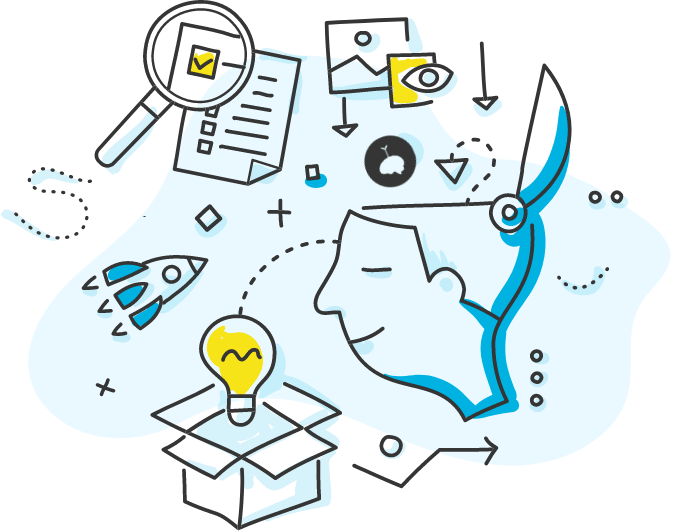Estimated Reading Time: 3 minutes, 21s.

You, meet future you
According to Kelly McGonigal, author of The Willpower Instinct, one of the biggest decision-making mistakes people make is thinking of their future selves as different people than their present selves.
You’ve likely made the mistake of thinking future-you will be a lot stronger than your present-you: that future you has unlimited self-control, doesn’t procrastinate, and has boundless energy for all tasks, regardless of how grueling or boring they will be. (Why wouldn’t I buy this collection of Jane Austin novels for $20? I’m bound to read them someday!) And if you’re like me, future-you is also a lot more rested and relaxed than the tired, stressed out version of you that’s reading this article right now.
According to McGonigal, “rarely do we see [our future selves] as fully us“. “We think of our future selves like different people. We often idealize them, expecting our future selves to do what our present selves cannot manage. Sometimes we mistreat them, burdening them with the consequences of our present selves’ decisions. Sometimes we simply misunderstand them, failing to realize that they will have the same thoughts and feelings as our present selves.”1
One study even found that our brain activity when we think of our future selves is nearly identical to when we think of another person!2
Putting your future self on sale
This of course has consequences: people who see their future-selves as stronger, better versions of their present-day selves make bad decisions that compromise their future happiness and success. Research has shown that people with lower future-self continuity are later for appointments, make less ethical business decisions, save less for their retirement, lie more often, are more likely to pocket money they find in a coworker’s office, and are also more likely to leak information that would ruin a coworkers career. 3
A man by the name of Hal Ersner-Hershfield devised a measurement of how closely a person identifies with their future-self; their “future-self continuity”.4

It’s totally worth pausing for a few seconds to think about where you fall in the spectrum above.5
In a nut, having a low future-self continuity makes you more impulsive, and less mindful of the consequences of your actions, while having a high future-self continuity lets you be the best version of yourself now.
What to do about it
If you want to look out more for the future version of yourself, McGonigal offers up a few great ways to get acquainted with yourself in the future, short of firing up Aging Booth on your iPhone.
- Create a future memory. Interestingly, research has shown that all it takes to delay gratification is to imagine your future. This is easy to do – for example, if you’re debating between writing a work report today or next week, create a future memory by imagining all you will be able to get done next week if you start the report now.
- Send an email to your future self. Seriously, do it. FutureMe.org lets you send an email to yourself in the future at a date you specify. A great way to bridge the gap between your present and future selves is to tell your future self how your current actions will make your future self better. (Here’s a letter I just sent.)
- Imagine your future self. Research has shown that all it takes to increase your future-self continuity is to imagine yourself in the future. The more vivid the future feels, the better.
One of my favorite quotes (that I mentioned in my 35 hours of meditation experiment article) is that your actions are your only true belongings. Bridging the gap between your present-day actions and how they will shape who you become in the future is worth doing.
Source: The Willpower Instinct book ↩
Source: http://www.ncbi.nlm.nih.gov/pmc/articles/PMC2656877/ ↩
Source: The Willpower Instinct book ↩
Source: http://www.sciencedirect.com/science/article/pii/S0749597811001294 ↩
Personally, I fall in the fifth diagram, where my present and future selves overlap, but could overlap more. ↩




